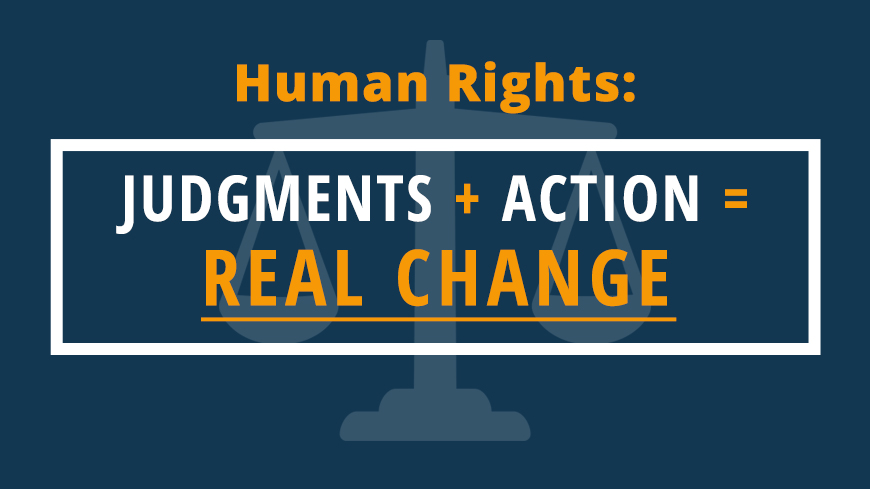Ten years of reforms, known as the Interlaken Process, have “strengthened the system of the European Convention of Human Rights” according to the Chairs of the “Human Rights” meetings of the Council of Europe’s Committee of Ministers in their introduction to the Committee’s 2019 annual report on its supervision of the execution of judgments of the European Court of Human Rights.
The report shows that, between 2010 and 2019, there were 2,120 new “leading” cases – highlighting structural and/or systemic problems at national level – and 2,287 such were closed, representing a closure rate of 108%. Between 2000 and 2010, by comparison, there were 1,470 new leading cases and only 602 leading cases were closed – a closure rate of 41%.
By 31 December 2019, a total of 5,231 judgments and decisions were pending before the Committee of Ministers at different stages of execution. This included 1,245 leading cases, down from a peak of 1,555 leading cases pending in 2015. 635 leading cases had been pending for more than 5 years, compared to 720 such cases in 2016.
“Implementing judgments from the European Court of Human Rights is a key part of ensuring respect for human rights, democracy and the rule of law across the continent,” recalled Christos Giakoumopoulos, the Council of Europe’s Director General of Human Rights and the Rule of Law.
“Recent reforms mean that cases are now being closed more quickly and the number of pending cases is consistently falling. However, a considerable number of cases are still outstanding, and many new challenges lie ahead, which shows the continued importance of constructive engagement and co-operation between the Council of Europe and its member states to keep making progress.”
Website on the Impact of the European Convention on Human Rights


